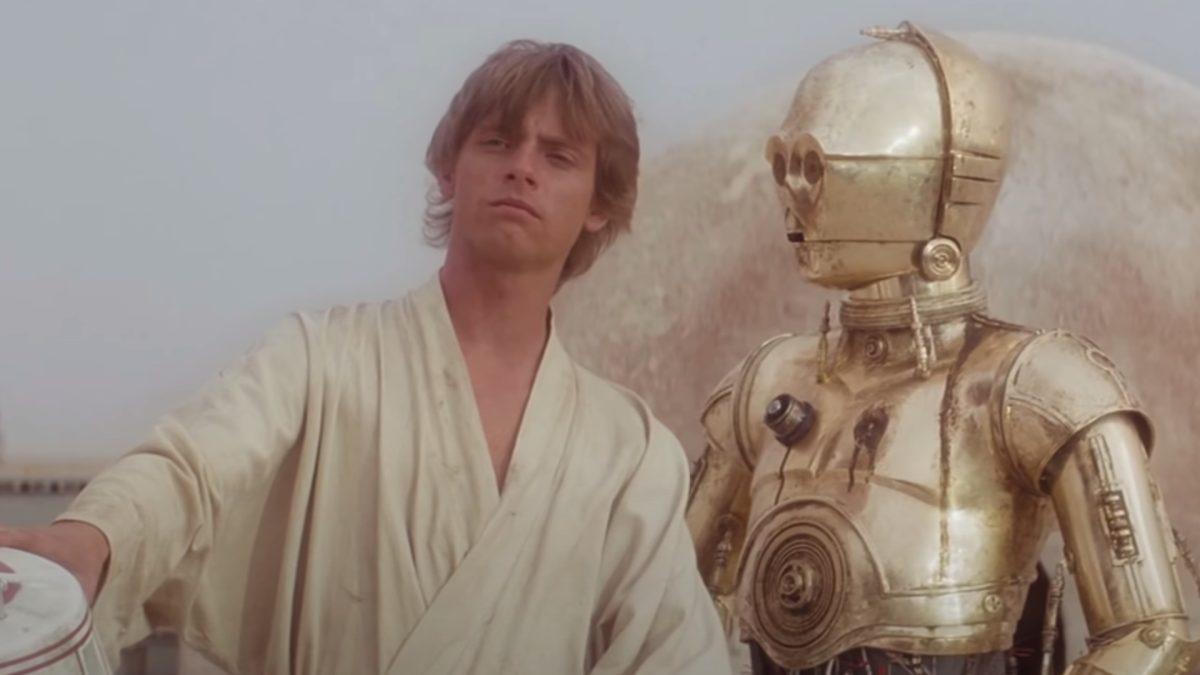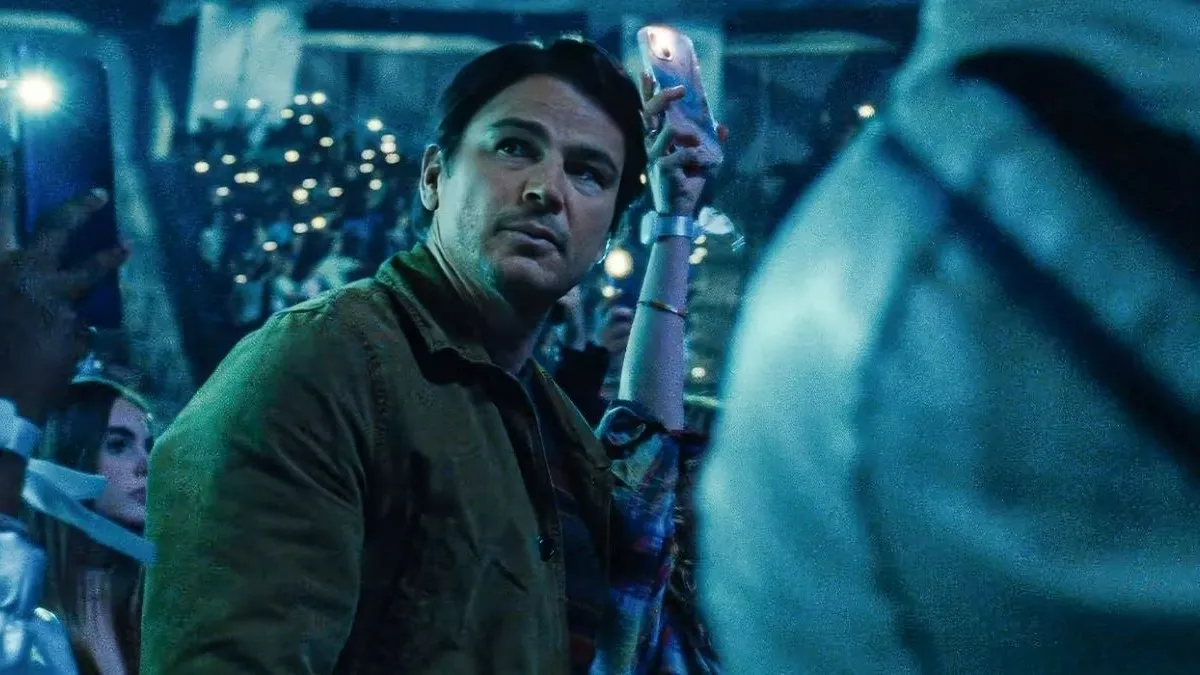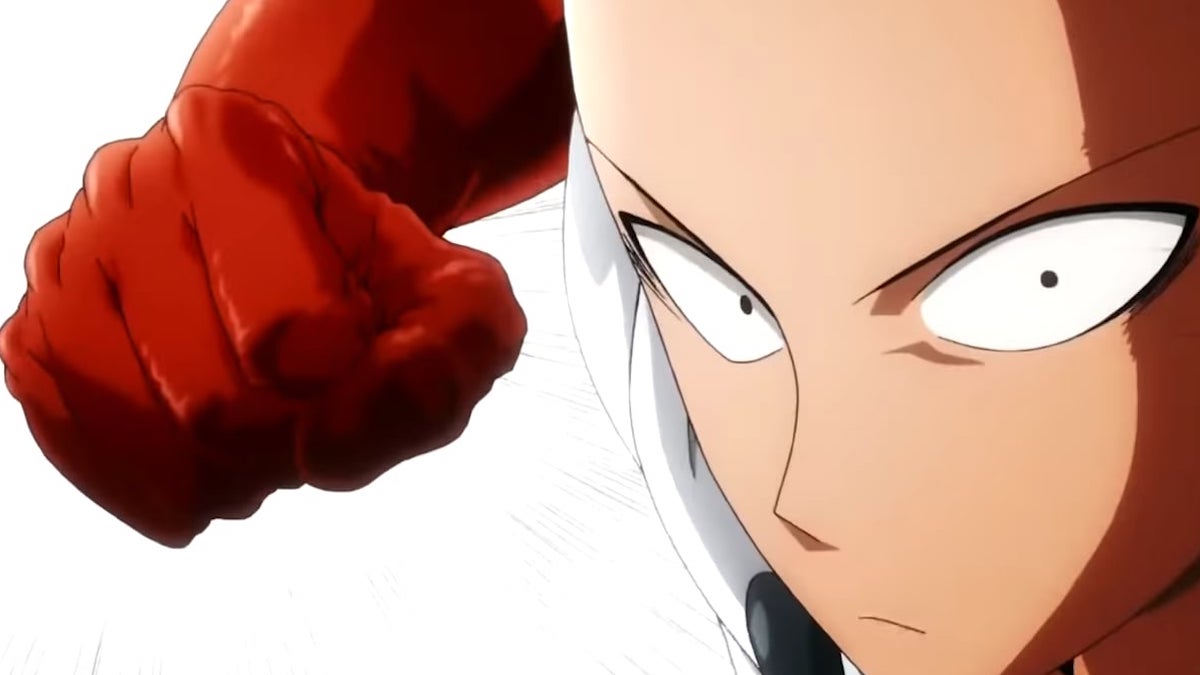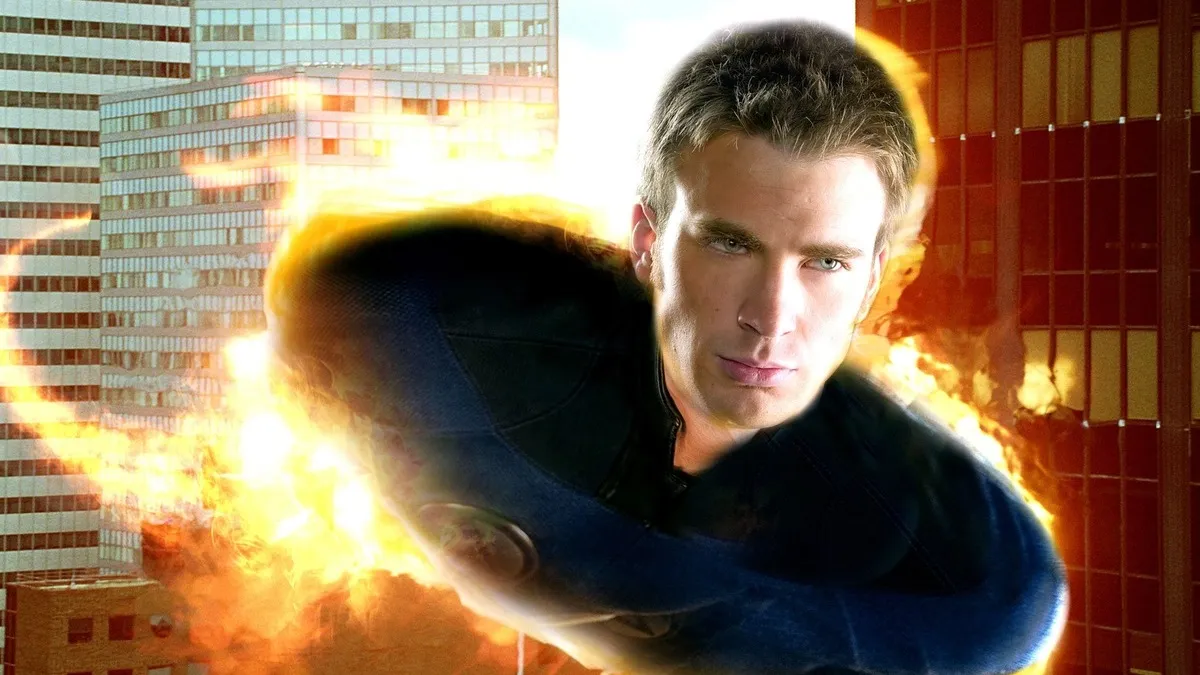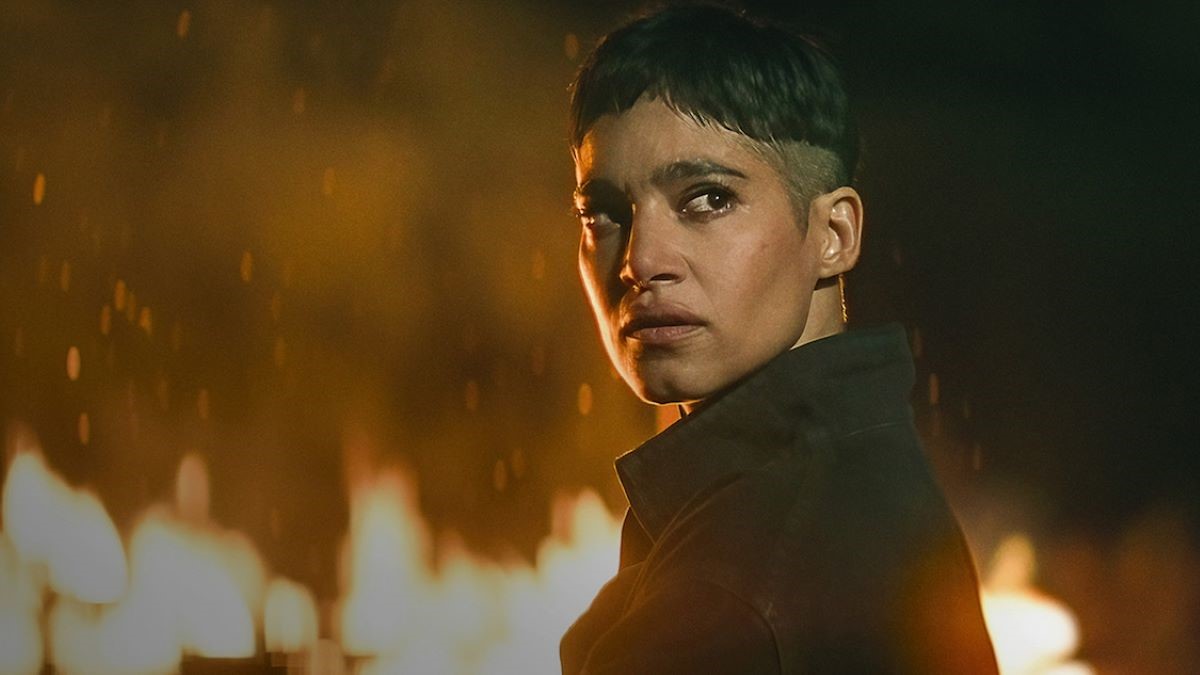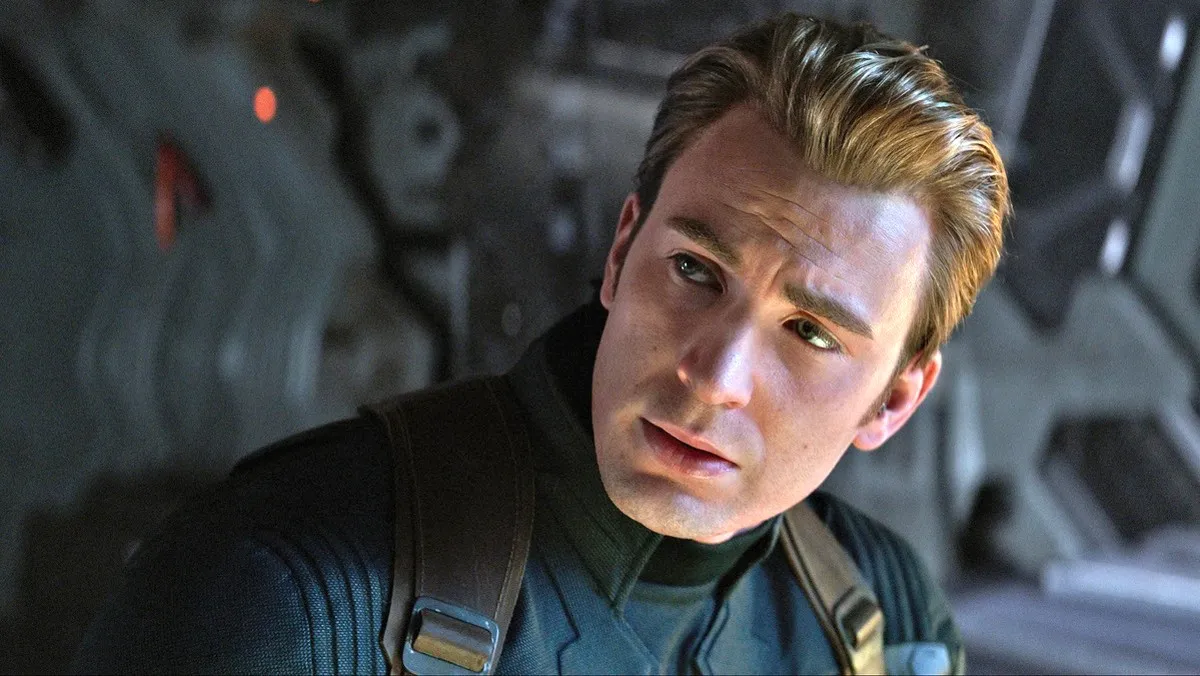One significant aspect of the climax of the original 1977 Star Wars movie (now also known as Episode IV: A New Hope) was not a part of the original script nor was it ever filmed. However, it was ingeniously added in post-production after filming had been completed when George Lucas realized it would make the movie’s finale even more dramatic.
Before we explain that, however, we should point out that the film originally didn’t even have such a dramatic ending planned.
Ending or No Ending – There was No Ending
After securing a deal with 20th Century Fox to film Star Wars, Lucas realized he had to change the ending of the would-be movie because, well, it had none. The original story is simply a long one that Lucas later cut into 3 parts. Thus, the ending would likely have been the escape from the Death Star. Once the Millenium Falcon flees with the princess, as seen in the movie, the Empire wisely places a tracking device on the Millenium Falcon and thus it would lead them to the rebel base. You may notice that this actually segues perfectly into the beginning of The Empire Strikes Back when the rebel base is all but destroyed by the Empire during the Battle of Hoth.

Since Lucas wasn’t entirely sure if two sequels would be made, and to add a true climactic chapter to this Act I, he decided to make the ending of the whole story his ending for Act I, which is obviously the blowing up of the Death Star. This is why the ending of the trilogy is also the blowing up of a Death Star, simply called Death Star II.
However, even though the entire ending of what we now know as Star Wars: Episode IV – A New Hope changed at that point, an integral part of the ending was not even thought of until filming was far from over and the movie was being rushed to be completed on time.
Finally an Ending – But Not All of the Ending
The specific ending of the original film is Luke Skywalker destroying the Death Star just as it was about to blow up the moon of Yavin IV where the rebel base was located.
Of course, the Death Star had already blown up the planet of Alderaan earlier in the film, effectively killing billions of people (in what George Lucas calls “a kid movie”) and likely making it one of the most brutal films ever made in terms of body count until, of course, the most recent Star Wars trilogy where they blow up multiple planets.
However, in the film’s original ending, the Death Star was not aiming to blow up the rebel base. In fact, even after filming had concluded, the end was strictly the rebel fighters trying to destroy the Death Star without any threat whatsoever of the Death Star destroying Yavin IV. It just so happens to be the most significant dramatic aspect of the finale, making audiences feel the race against the clock to destroy the Death Star before it destroys our heroes.

While editing in post-production, it dawned on George Lucas that the end would obviously be better if there was an immediate threat of the Death Star about to destroy the rebel base. Problem was, the movie was fighting to be completed as it was weeks behind schedule.
George Lucas Realizes What the End is Missing
In a still unreleased-on-Disney+ audio commentary, which is available if you buy the DVD of the film George Lucas provides further explanation.
The countdown to the Death Star came out of editing. It wasn’t in the script but as we started to edit the film, I came up with the idea of the Death Star bearing down on the planet.
There was no way it could be filmed at that point but Lucas wasn’t about to deny a chance to make the ending better.
Lucas further clarified:
It wasn’t until the post-production process when we came up with the idea that if they didn’t blow up the Death Star then the Death Star would blow up them.

To fix the problem, he realized that he could first add audio in the rebel base scenes. Thus, you can hear the rebel base announcements as they inform everyone how close the Death Star is and when it will be in firing range. He then duplicated this idea with announcements made on the Death Star during the battle.
This didn’t fix the real issue though because on its own it still wouldn’t enhance the drama during the climactic moment of the film. So, he decided to repeat a scene in the movie, literally showing the same clip twice. This is why, when you happily watch Star Wars, you notice that the scene of the Death Star being powered up and then firing on Alderaan is exactly the same clip in the climax. That clip first occurs almost an hour into the film and only lasts about 10 seconds. It begins immediately after Grand Moff Tarkin says, “Continue with the operation. You may fire when ready.”

Lucas cut up the clip to show the powering up of the Death Star before Luke’s shots are fired and then, after Luke’s shots hit their target, he shows the Death Star about to fire.
Lastly, Lucas explained that he added an already filmed shot of Grand Moff Tarkin, played by Peter Cushing.
I had the scenes of Tarkin watching the battle but the idea that we were clearing the moon and they were in range I came up with later and they couldn’t fire on them until they got into position.
When you see the shot of Tarkin watching the battle, the voiceover is the exact same audio from earlier of Tarkin saying, “You may fire when ready.”
Tarkin then becomes the last thing you see on the Death Star before it lives up to its name and dies, just as it was about to blow up Yavin IV.
Imagine watching the end of Star Wars without that threat of the Death Star about to blow up the rebel base? Certainly, the impact of its finale wouldn’t be the same. George Lucas’ realization and commitment to find a way to put his belated idea in the movie despite the time constraints, and do it effectively, just adds to his genius filmmaking reputation.

